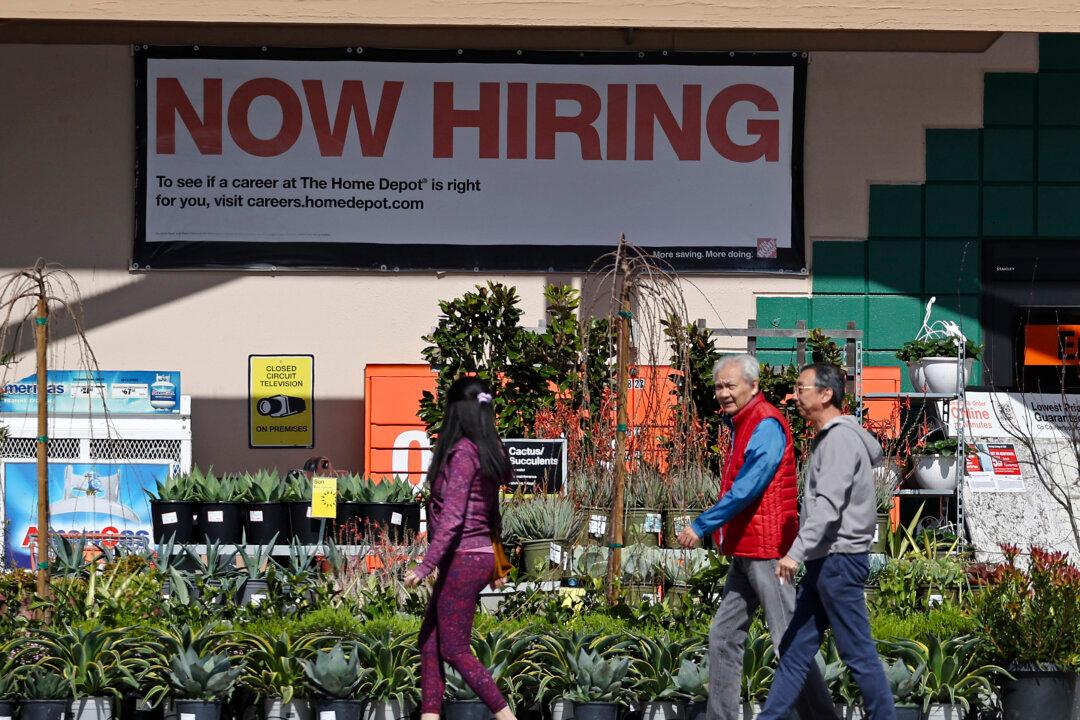The number of Americans filing for unemployment benefits fell for the second straight week, and July retail sales rose solidly, with the two data releases on Aug. 15 appearing to soothe investor fears of an imminent recession, with Wall Street opening higher and the yield on the benchmark 10-year U.S. Treasury note making a significant move to the upside.
Initial jobless claims, high-frequency data point seen as a proxy for unemployment, fell by 7,000, to 227,000 for the week that ended on Aug. 10, according to data from the Department of Labor.





